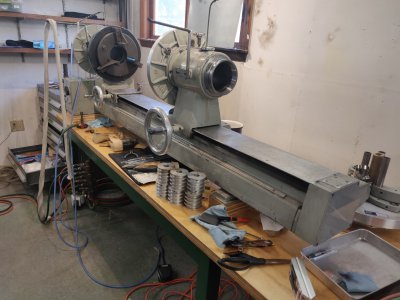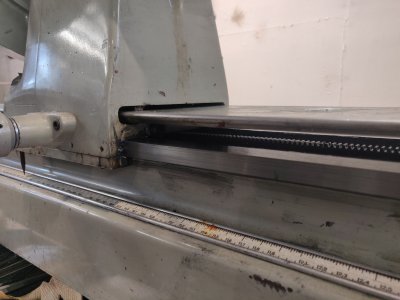I have a Litton brand table top lathe made for glassworking which has a handwheel operated tailstock that is driveshaft driven to be in sync with the headstock. Neither the bed or the tailstock ways are hardened. There is no oil lube system. The original factory ground finish on the bed was not scraped. I bought it used without being able to try it out. It turns out the tailstock sits about .060 lower than the headstock. I can't use it in this condition. It would cost me $15k to ship it to CA and have the factory refurbish it. I'm looking for less expensive alternatives. I found a local company that would planar mill the bed and the tailstock ways. Is this reasonable instead of regrinding? The planar mill finish is visually grooved and appears rougher than a ground surface. On the one hand this would hold lube better than a smooth ground finish. On the other hand given the roughness of both surfaces would they not wear much faster? Please share your opinions. This issue is way above my pay grade. 




